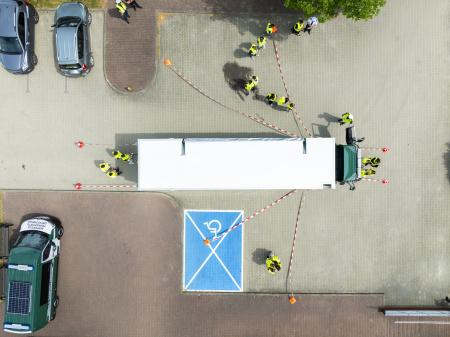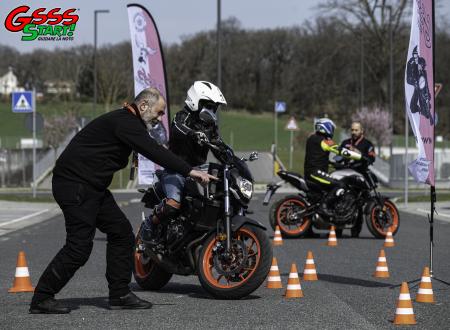E-scooters - New TV led E-Scooter campaign
Our new TV led E-scooter campaign aims to raise awareness of the new e-scooter laws.
The campaign went live from Monday 20 May 2024 to coincide with the enactment of the new legislation in Ireland.
The campaign is set in an office environment where we see colleagues welcome the newbie. The colleagues are dressed up as various characters such as a car, bus, truck, motorbike and bicycle and the newbie E-scooter. We see the characters interact with each other while highlighting six of the rules of the road that apply to E-scooter use.





